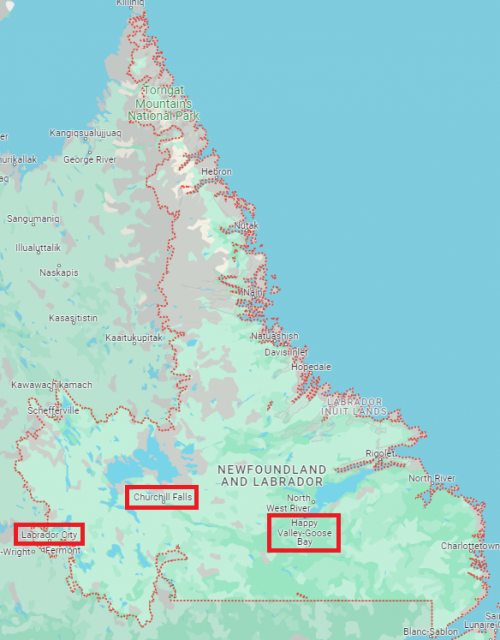Precautions
If you choose to apply a pesticide, you should always wear chemical resistant boots, chemical resistant gloves, long sleeved shirt and pants, or coveralls. Depending on the product and individual sensitivity to pesticides, you may also need to wear a respirator, goggles or rain suit. Check the label for additional precautions.
When spraying food crops or working with livestock, make ensure you check the label for specific requirements for pre-harvest intervals, pre-grazing and pre-slaughter intervals. For example, if the label says, “Do not apply to cabbage within 30 days of harvest,” this means that the cabbage cannot be harvested until 30 days have passed since the time of spraying. If you harvest prior to this, you run the risk of having pesticide residues remaining in the food. Never apply any pesticide to a food crop that is not listed on the label.
Pesticide Safety
Pesticides are one of several tools available to us to help control pests in the home and garden. There are many alternatives to using pesticides and these should be used whenever possible. Sometimes it may be necessary, however, to use a pesticide. There are three main classes of pesticides in Canada.
- Domestic – for home and garden, narrow range of products, available in small quantities only.
- Commercial – to be used only by licensed applicators, concentrated product, available in larger quantities than Domestic class pesticides.
- Restricted – to be used only by licensed applicators, concentrated product, available in larger quantities, may be more hazardous to humans, plants and animals; therefore, certain restrictions apply to the way it is used.
The pesticides that farmers or other licensed applicators use are more concentrated. Because of this, there may be a greater risk to the person during mixing and loading. However, once it is mixed according to the label rate and applied to the crop, the same amount of pesticide is applied as the application rate for domestic class pesticides. NEVER double up on pesticide rates as you may damage the plant or leave residues in the crop.
Classes of Pesticides
When deciding which pesticide to use it’s important to know which pest species you will be targeting. There are different classes of pesticides that kill certain species. Below are the names of the different types of pesticides and which species they are used on.
Most Common Pesticides
Fungicide – Kills Fungi
Herbicide – Kills Weeds (Dandelions, Crabgrass, etc.)
Insecticide – Kills Insects (Earwigs, Ants, etc.)
Rodenticide – Kills Rodents (Rats, Mice, etc.)
Other Pesticides
Acaricide – Kills Spiders
Algicide – Kills Algae
Avicide – Kills Birds (Banned in Newfoundland and Labrador)
Bactericide – Kills Bacteria
Miticide – Kills Mites
Molluscicide – Kills Mollusca (Snails, Slugs, etc.)
Nematicide – Kills Nematodes
Piscicide – Kills Fish
Banned Active Ingredients and Controls
Banned Lawn Care Active Ingredients
In 2012, Newfoundland and Labrador banned the use of the following active ingredients:
- MECOPROP;
- 2,4-D;
- DICAMBA;
- MCPA;
- and CARBARYL;
These active ingredients are no longer allowed to be used on lawns. Golf courses, forestry activities or agricultural activities are exempt from these regulations.
All rules regarding this matter can be found under Section 14 of the Pesticide Control Regulations, 2012.
Avicides
Avicides are a type of chemical used to either deter or kill birds. The use of Avicides is banned in the province of Newfoundland and Labrador.
Avicide Alternatives
There are times when the presence of birds can become a nuisance. Since avicides are disallowed in Newfoundland and Labrador the following are some bird friendly deterrents that can be used.
- Fake Owl or Hawk Decoy; birds will stay clear of the area due to the presence of predators.
- Sonic Repeller’s; Uses noise to scare off birds.
- Shinny reflective objects; Reflect light to deter birds from coming near.
- Bird netting; keeps birds out of certain areas.
- Roof Spikes; prevent birds from landing in certain areas such as ledges. Biological Controls
Biological Controls
Under the Wild life Act, the importation of any wild animal into the province or from Labrador onto the island portion of the province without the written permission of the Minister is prohibited.
- Wild Animals include amphibians, arthropods, birds, coelenterates, crustaceans, fishes, other invertebrates, mammals, mollusks, or reptiles. This includes animals bred, hatched, or born in captivity and any eggs or offspring of them.
Permits for the importation of wild animals can be requested in letter form from the Director of the Wildlife Division.
Pesticide Label Search
Pest Management Regulatory Agency (Health Canada) offers a label search for pesticide products.
Pesticide Label Search – Health Canada (hc-sc.gc.ca)
Mosquito and Biting Fly
Currently there is NO Mosquito and Biting Fly Programs on the island portion of Newfoundland and Labrador. The Labrador region is the only segment of the province authorized to use pesticides for the control of Mosquito or Biting Fly larva or adults.
Mosquito and Biting Fly Programs in Labrador
There are currently three programs in Labrador to combat the mosquito and biting flies.
1. Churchill Falls Biting Fly Program:
Pestatlo Environmental Health Services Inc. conducts the program operations.
2. Labrador City Biting Fly Program:
G.D.G. Environment conducts the program operations.
3. Happy Valley-Goose Bay Biting Fly Program:
G.D.G. Environment conducts the program operations.

Forestry Insect Program
The feeding damage and/or defoliation done by forest pests can cause widespread tree mortality and growth losses. The spruce budworm outbreak which occurred in the 1970s and 1980s, affected over 90 per cent of the Island’s forests, resulting in the loss of an estimated 50 million cubic meters of fir and spruce.
Since 1977, the biological insecticide B.t.k., a naturally occurring bacterium, has been aerially applied to protect forest areas from high populations of spruce budworm and hemlock looper.
To read more on Forest Insect and Disease Control click Here.
Brochures
- Getting to the Root of a Healthy Lawn May (Brochure)
- Pesticide Control in and Around Your Home (brochure)
